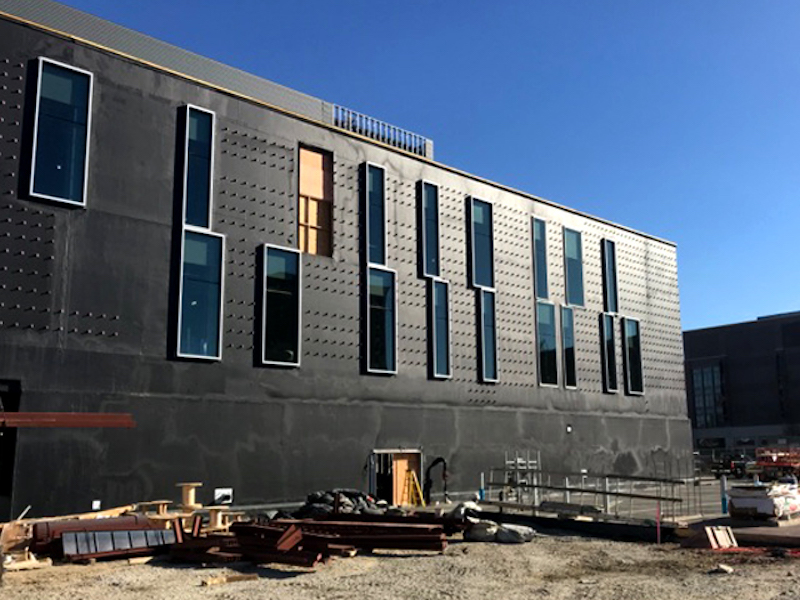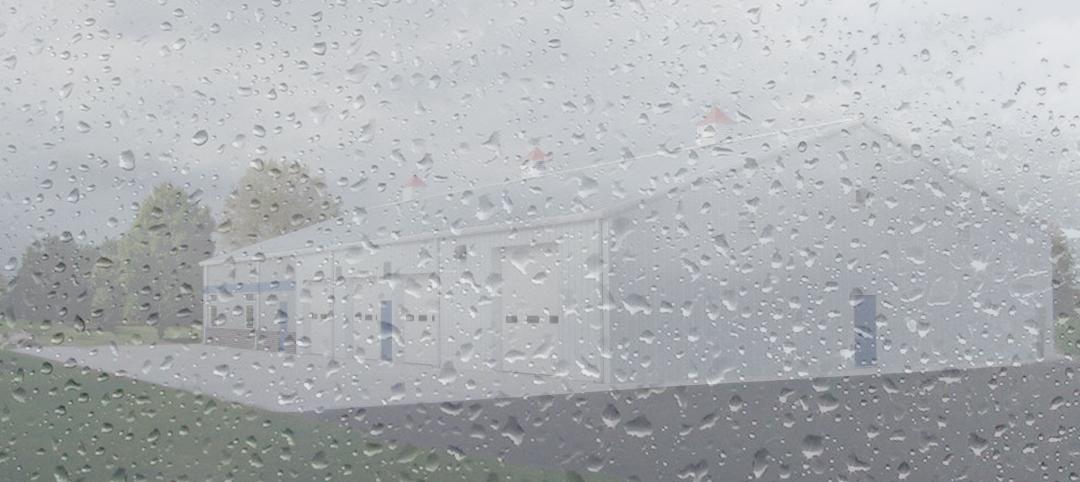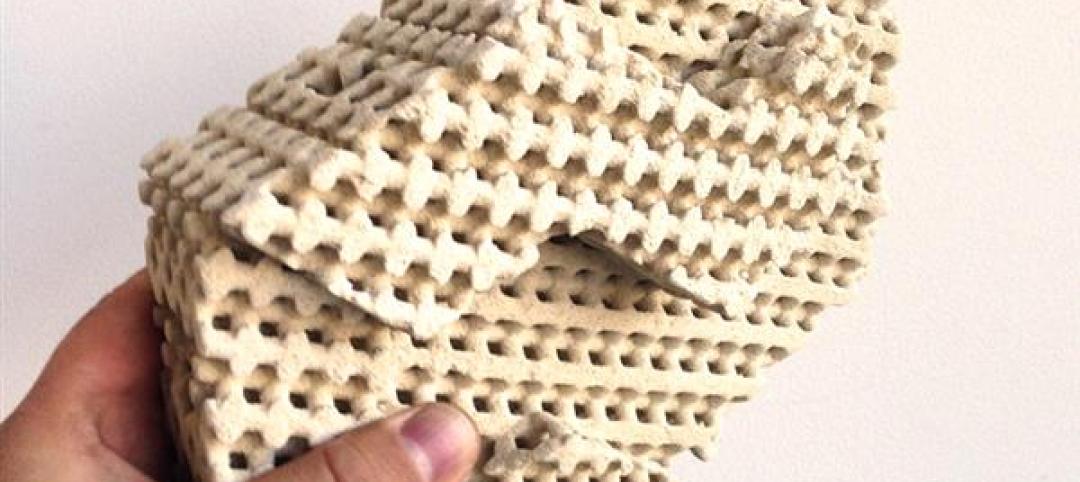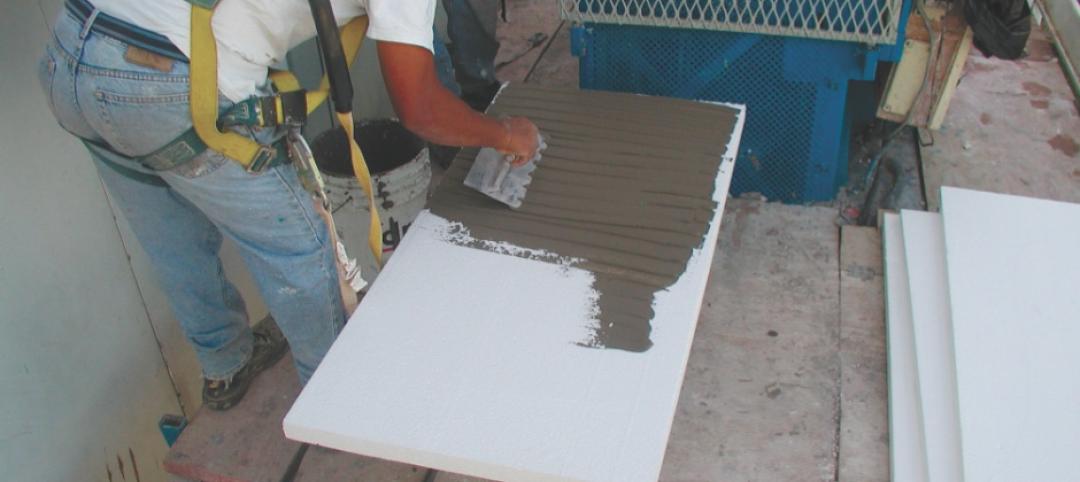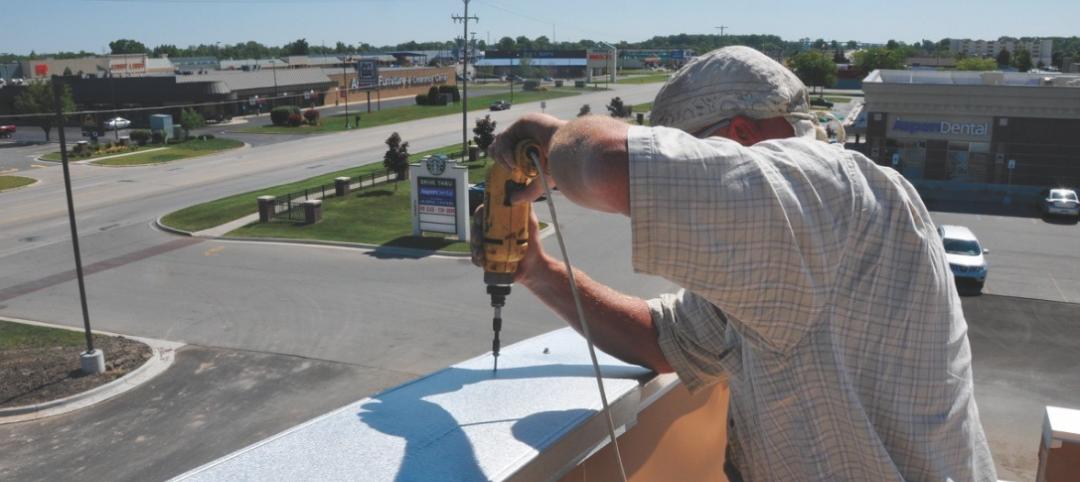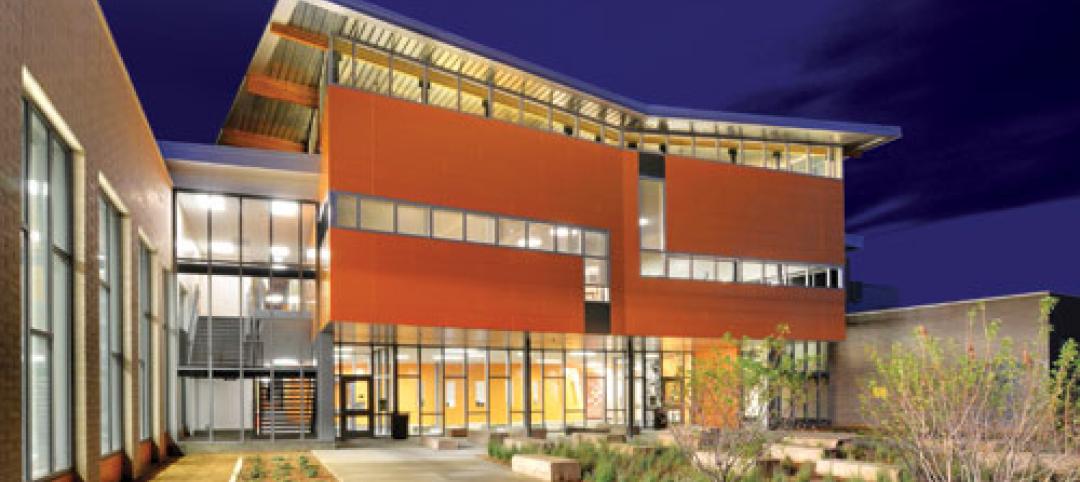Thanks to a $40 million lead investment from Mike and Marian Ilitch, the largest gift that was ever received by Wayne State University, WSU’s first entirely new construction building was able to become a reality. The Wayne State University Mike Ilitch School of Business started construction in 2016 in Detroit, Mich. The new facility, scheduled to open in 2018, offers an opportunity for students to be closer to Detroit’s business district, allowing for heightened internship and career possibilities.
In order for the new facility to stand up to the humid Detroit climate influenced by the great lakes with temperatures ranging from below-freezing in the winter to typically 90-degree weather in the summer, a tough air barrier was required. Architect SmithGroupJJR specified AIR-SHIELD LMP by W. R. MEADOWS to step up to the challenge and offer the necessary protection needed for a dependable building envelope.
AIR-SHIELD LMP is a water-based air and liquid moisture barrier that cures to form a durable, seamless, elastomeric membrane which exhibits excellent resistance to air leakage. AIR-SHIELD LMP prohibits liquid water intrusion into the substrate while allowing vapor to pass through it. AIR-SHIELD LMP is non-asphaltic and is designed to meet stringent fire code requirements, offering a heightened level of safety. The high flexibility of the material bridges cracks which may form once settling of the substrate occurs in new construction. AIR-SHIELD LMP’s self-sealing ability allows for nails and fasteners to be used without compromising its performance, aiding in construction efficiency. The product also offers excellent adhesion and remains firmly bonded to the substrate, even when applied over damp surfaces.

Contractor Industrial Services Inc. installed 43,000 square feet of black AIR-SHIELD LMP to complete the building envelope. AIR-SHIELD LMP is also offered in gray which must be covered within six months after being installed. The black membrane was selected for its ability to be left exposed for an indefinite period of time. Metal panel availability to cover the membrane in a timely manner was initially a concern during construction.
AIR-SHIELD LMP was spray-applied with appropriate airless spray equipment, allowing for a simple, low cost application. Single-component, water-based AIR-SHIELD LMP was safe for the construction crew to use and offered easy cleanup after the membrane was applied.

The Wayne State University Mike Ilitch School of Business qualified as an ABAA project and was checked for continuity, proper mil thickness, and sufficient adhesion testing.
The new four-story school of business building will offer thousands of students a facility that features a finance and data analytics lab, a two-story atrium, a large state-of-the-art auditorium, a rooftop terrace suitable for a variety of events, and interior educational service spaces for tutoring, advising, meetings, and more. The building’s proximity to Detroit’s Little Ceasars Arena will also allow for M.B.A. students to be submerged in a real-world sports entertainment environment. On the heels of constructing Wayne State University Mike Ilitch School of Business, the city plans on developing numerous residential and retail spaces to accommodate the millions of estimated annual visitors.
For more information, visit wrmeadows.com.
Related Stories
| Jun 13, 2017
Accelerate Live! talk: Next-gen materials for the built environment, Blaine Brownell, Transmaterial
Architect and materials guru Blaine Brownell reveals emerging trends and applications that are transforming the technological capacity, environmental performance, and design potential of architecture.
Sponsored | Moisture Control/Building Envelope | Dec 13, 2016
Understanding rainscreen wall systems
The basic idea of a rainscreen is to have an exterior surface – a cladding layer - that breaks the force of sideways, wind-driven water movement, so that any water which gets through the small breaches in the surface has lost its momentum.
| Jan 28, 2016
AIA CES class: The rainscreen approach to a better building envelope
Building envelope expert Bradley Carmichael of Hoffmann Architects explains how rainscreen wall systems work and evaluates the effectiveness of various rain-control methods, including mass walls, perfect barriers, and masonry veneers. This AIA/CES class is worth 1.0 learning unit.
Brick and Masonry | Feb 5, 2015
3D-printed 'cool brick' may provide cooling solution for arid locations
Cool Brick is made of porous ceramic bricks set in mortar. The bricks absorb water, which cools the air as it passes through the unit.
| Mar 20, 2014
Common EIFS failures, and how to prevent them
Poor workmanship, impact damage, building movement, and incompatible or unsound substrate are among the major culprits of EIFS problems.
| Mar 4, 2014
How EIFS came to America
Design experts from Hoffmann Architects offer a brief history of exterior insulation and finish systems in the U.S.
| Sep 20, 2013
Perimeter roof edge: The first line of defense in a wind event [AIA course]
Aside from the roof membrane itself, the perimeter roof edge is the most critical component of the roofing system. As such, it warrants more scrutiny when designing a roof system.
| Sep 15, 2013
How to build a rainscreen using fiber cement panels - AIA/CEU course
This course will review the cause and effects of moisture intrusion and explain how fiber cement panels can be used as a rain screen to reduce moisture build-up, rotting interior walls, and mold growth.
| May 14, 2013
Paints and coatings: The latest trends in sustainability
When it comes to durability, a 50-year building design ideally should include 50-year coatings. Many building products consume substantial amounts of energy, water, and petrochemicals during manufacture, but they can make up for it in the operations phase. The same should be expected from architectural coatings.
| May 3, 2013
5 common failures in paints and coatings
As experienced designers, contractors, and owners know, most paint and coating problems are correctable, but some are especially stubborn to address. Here is a partial compendium of typical failure modes and methods for addressing the problem.


